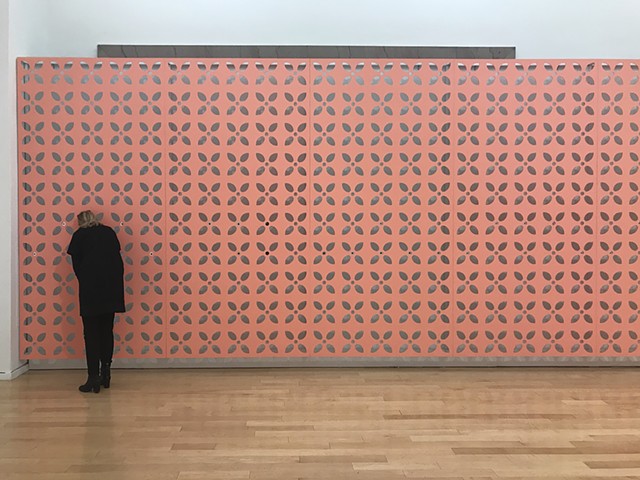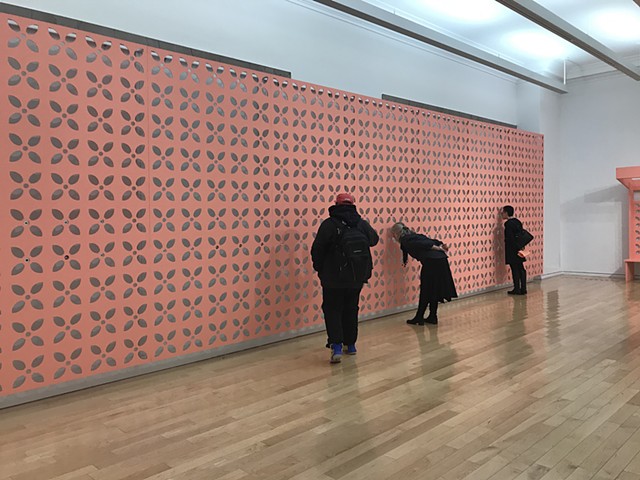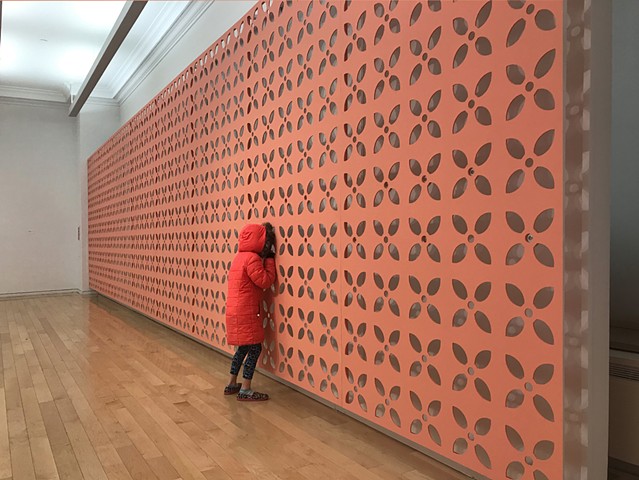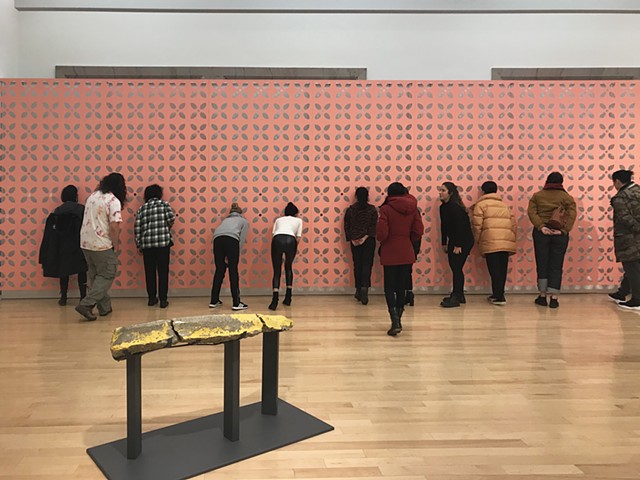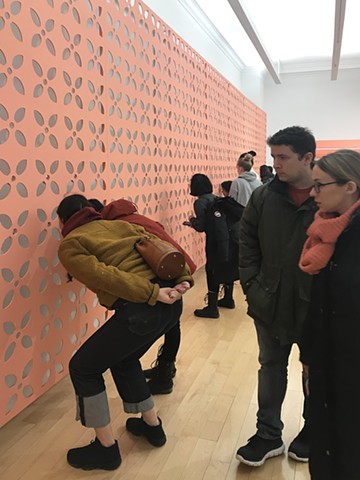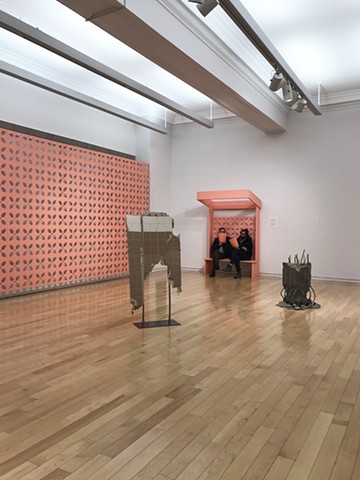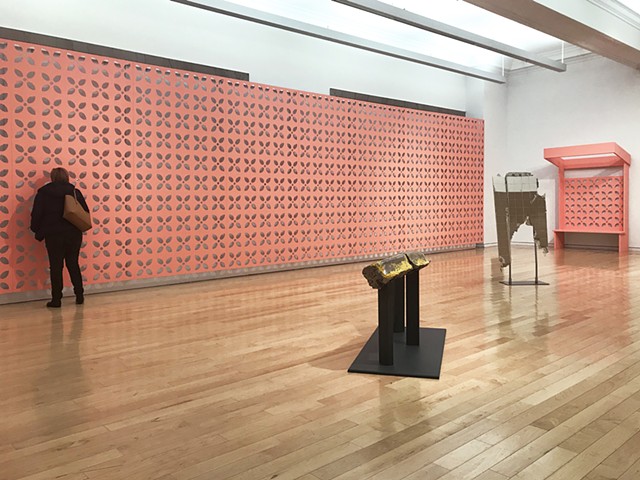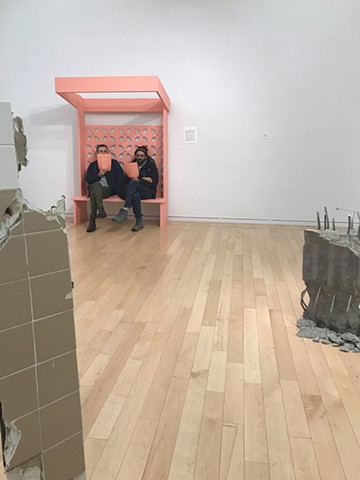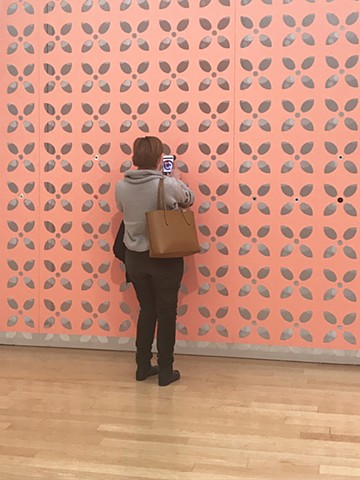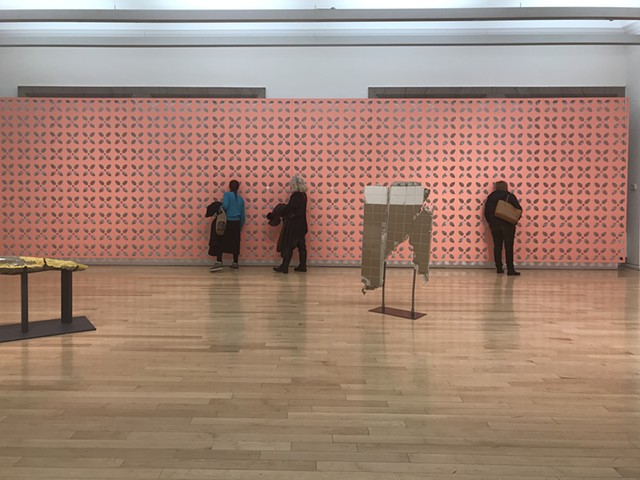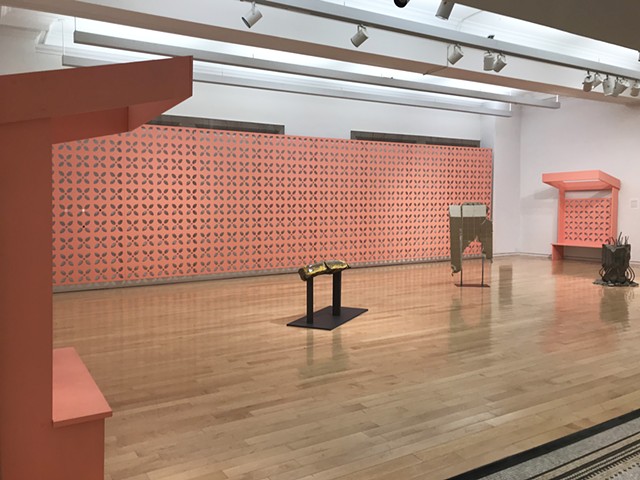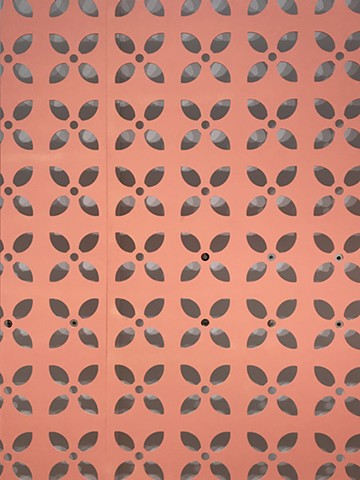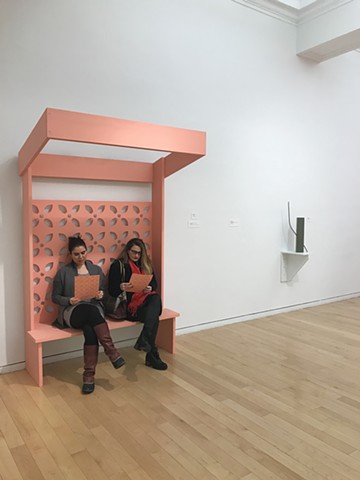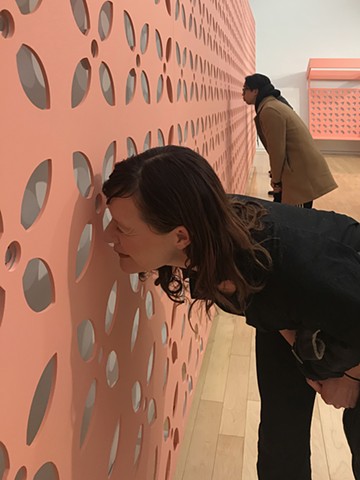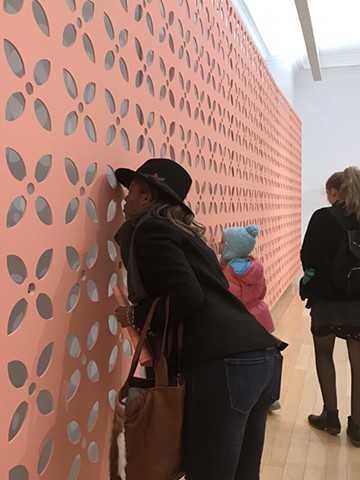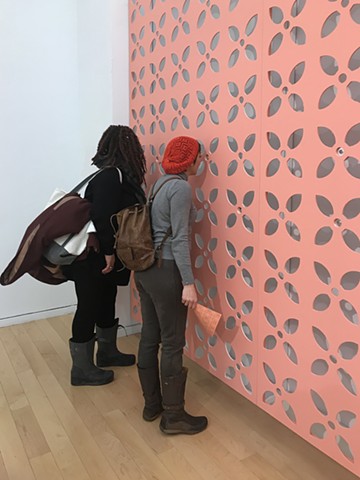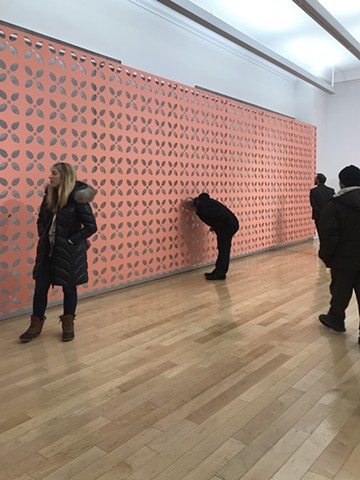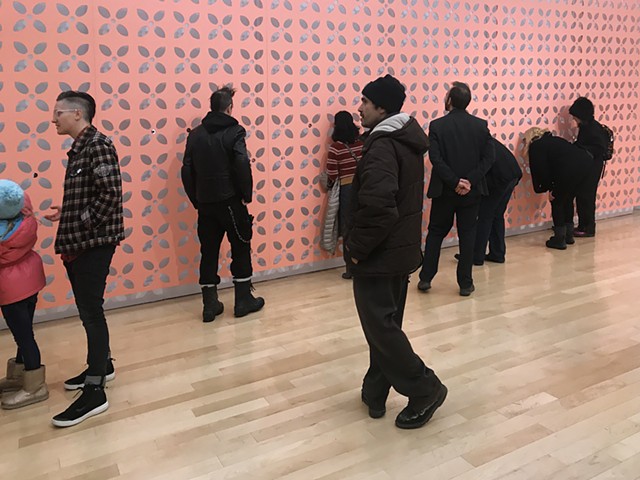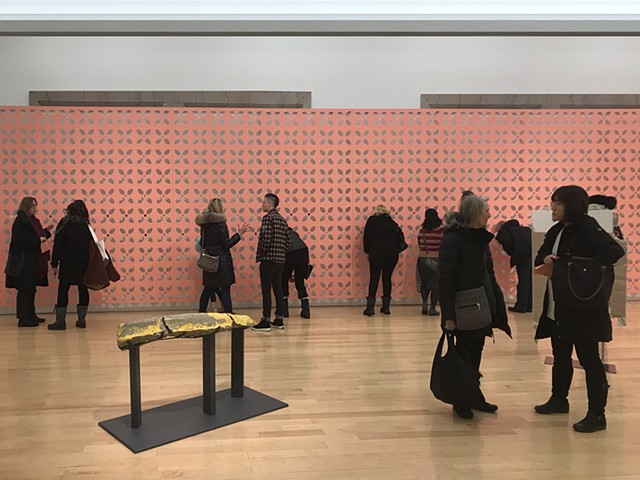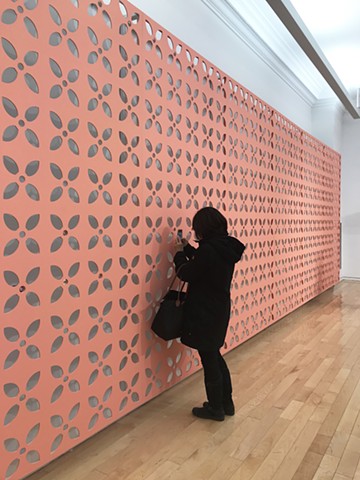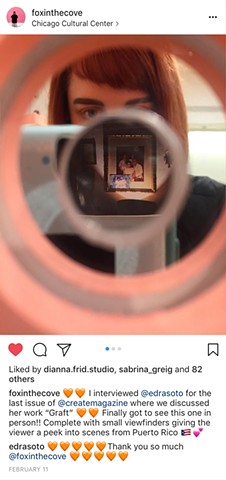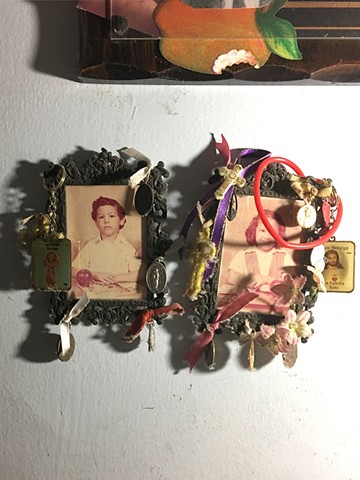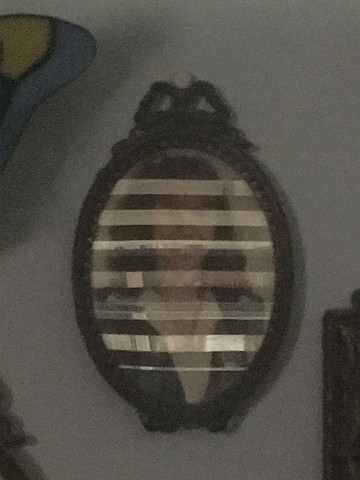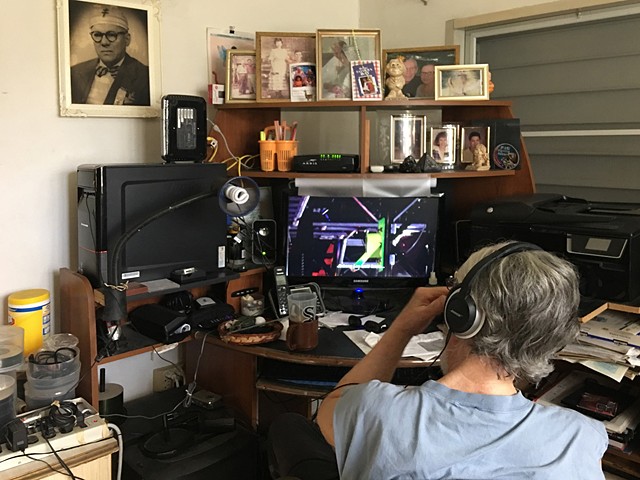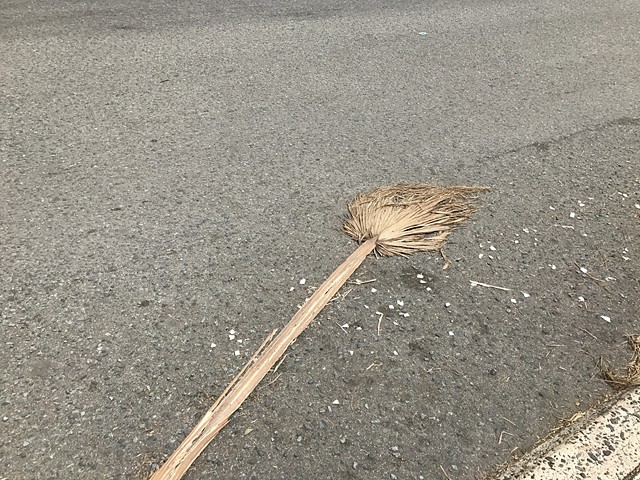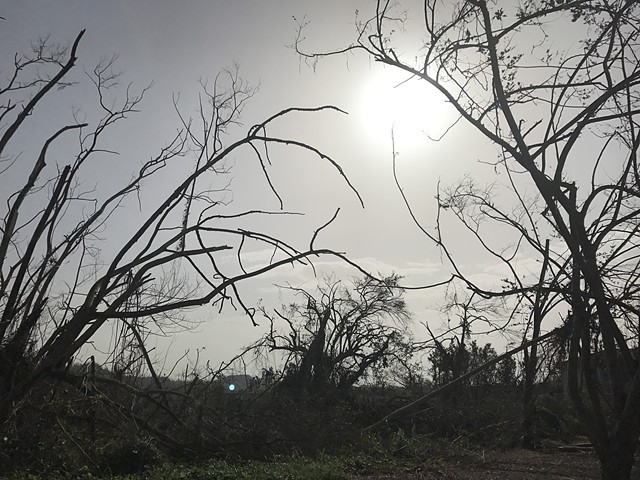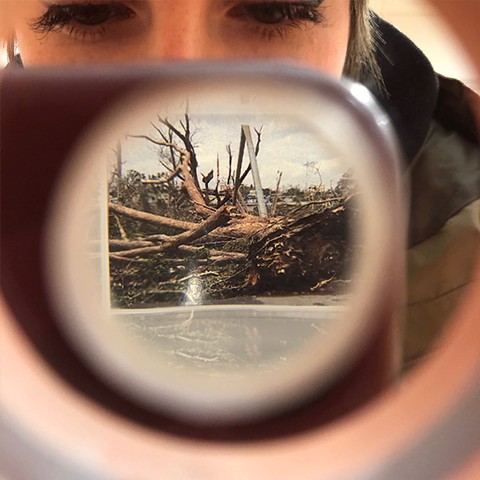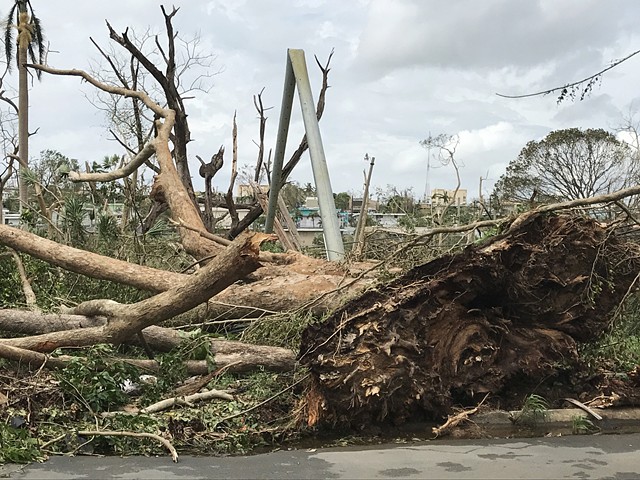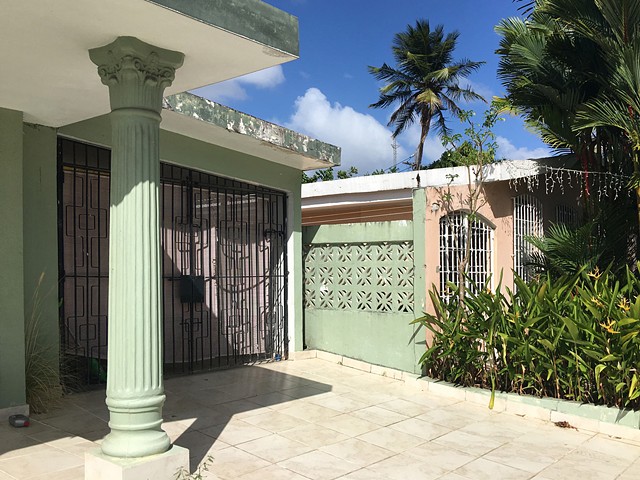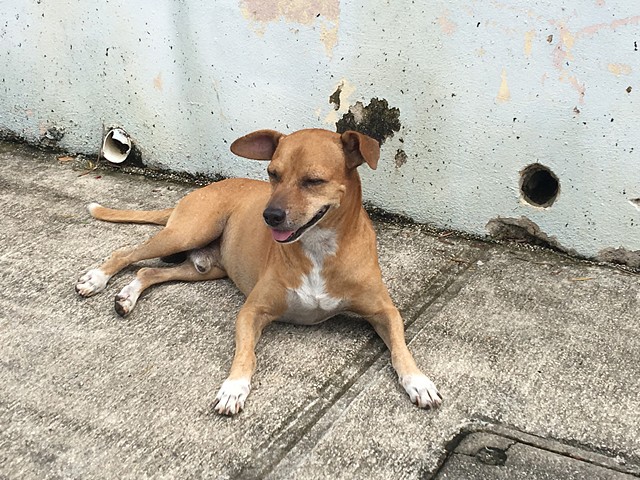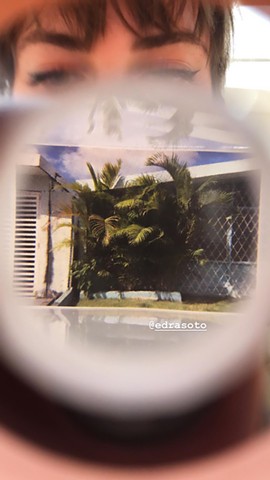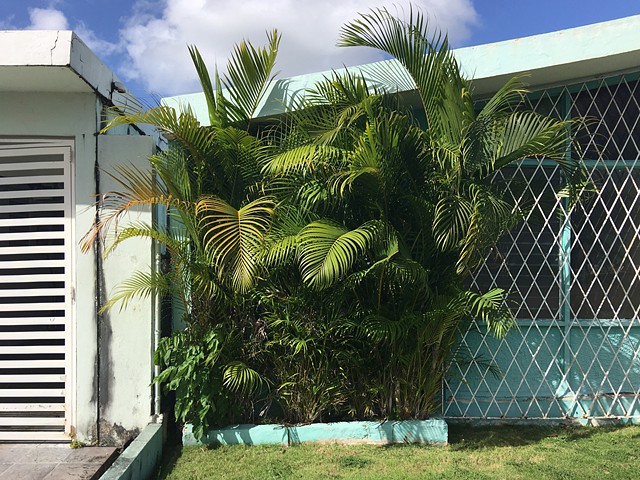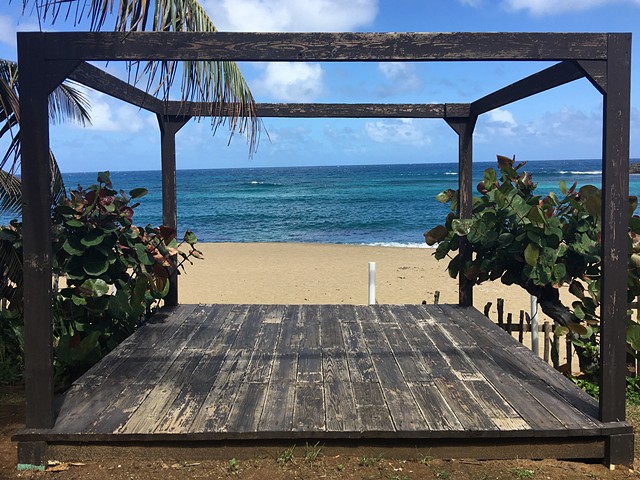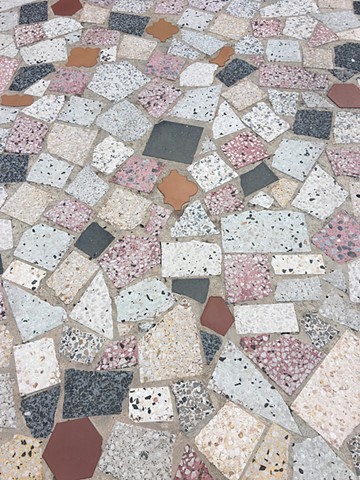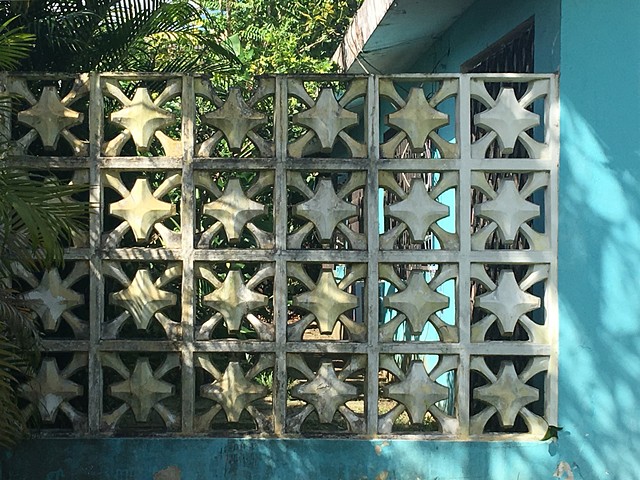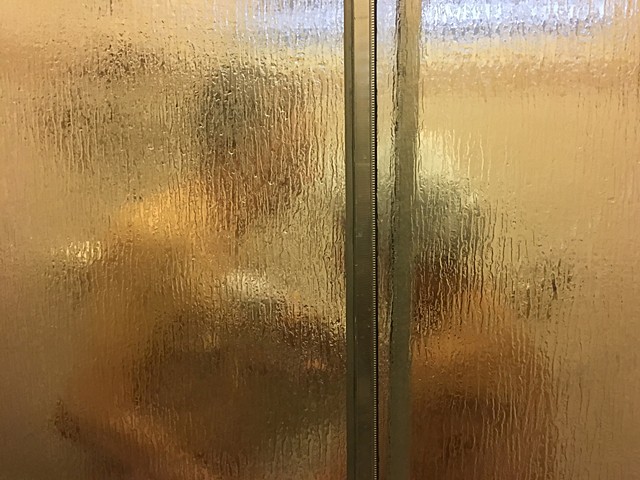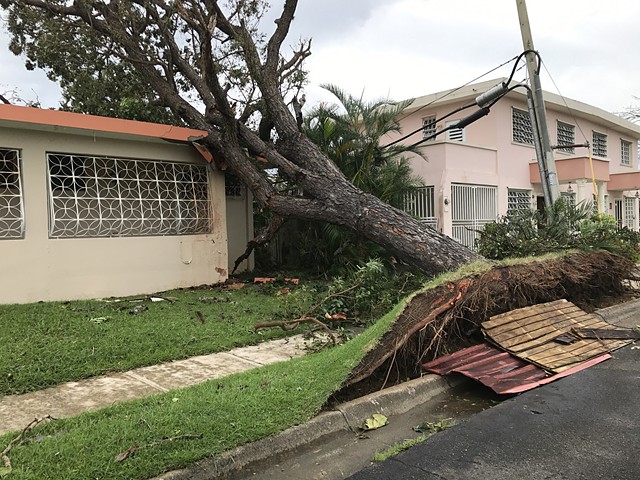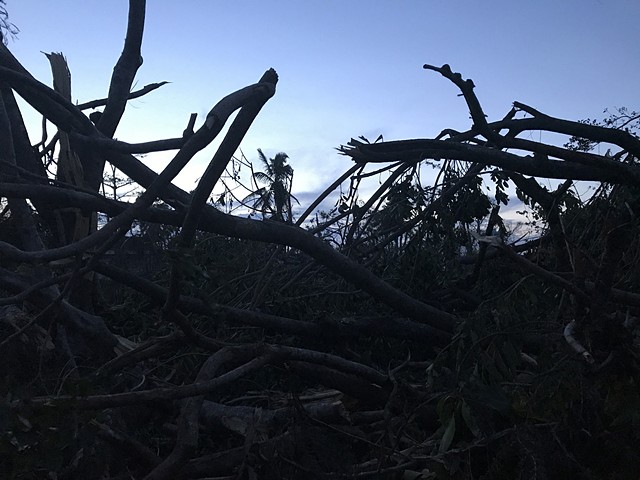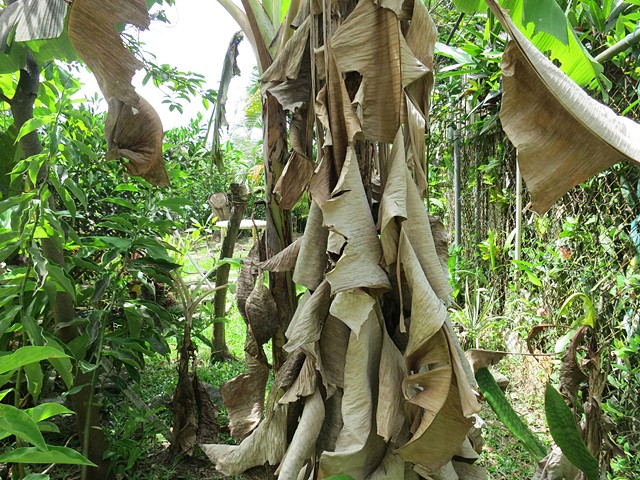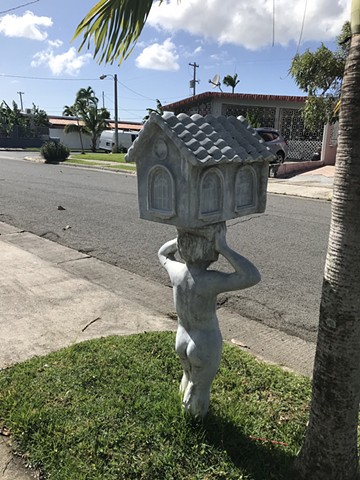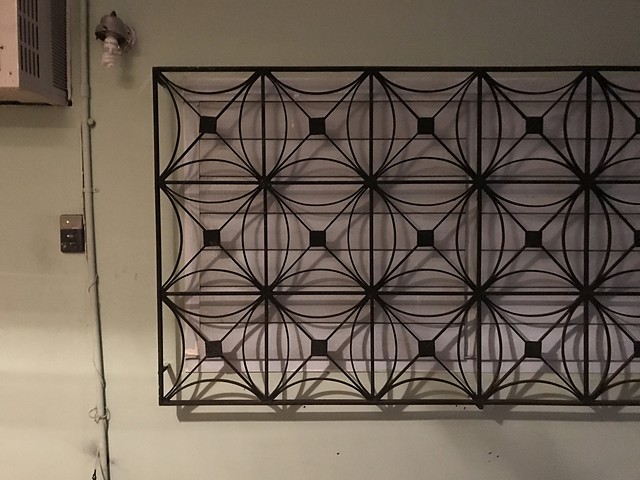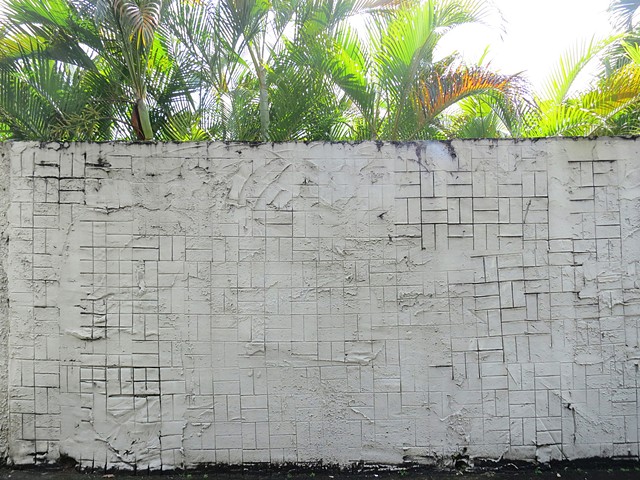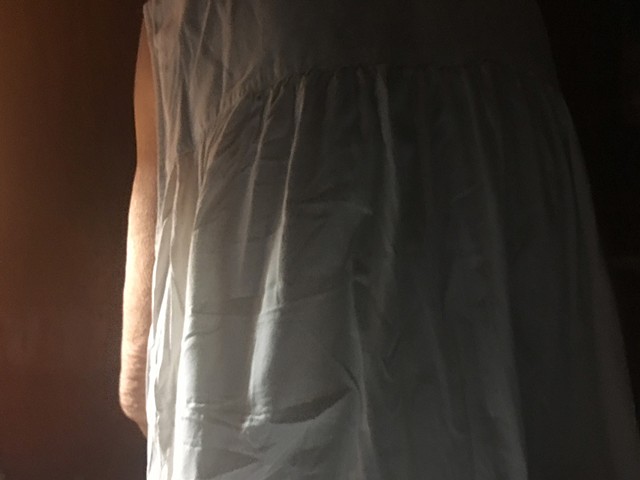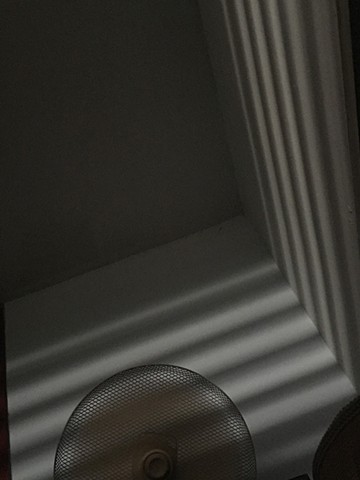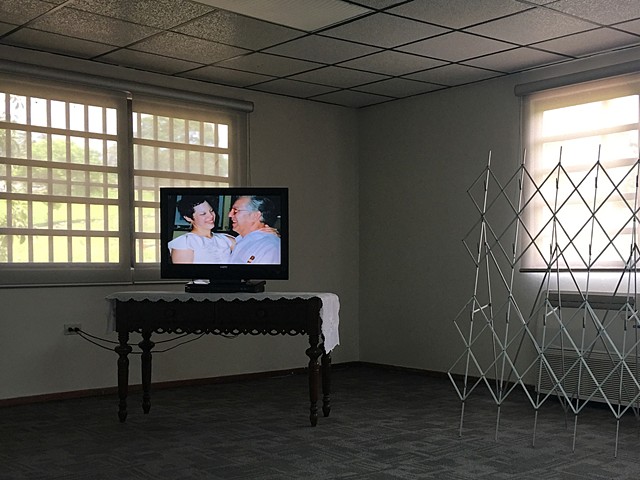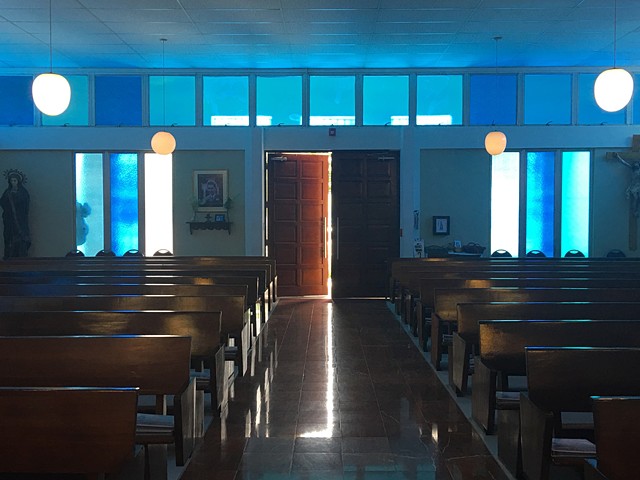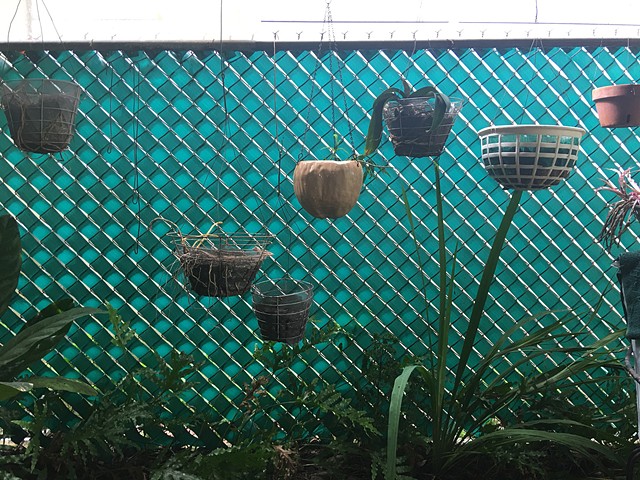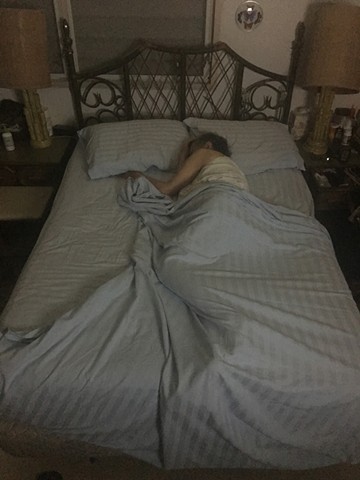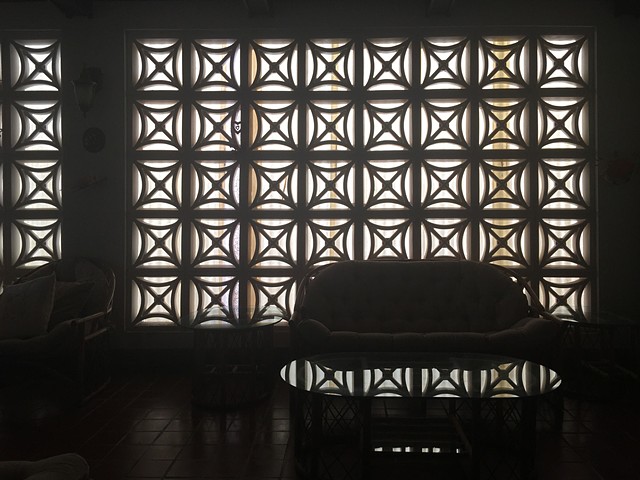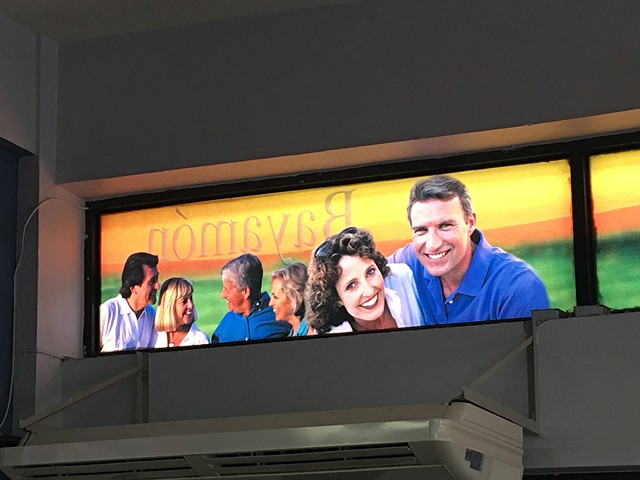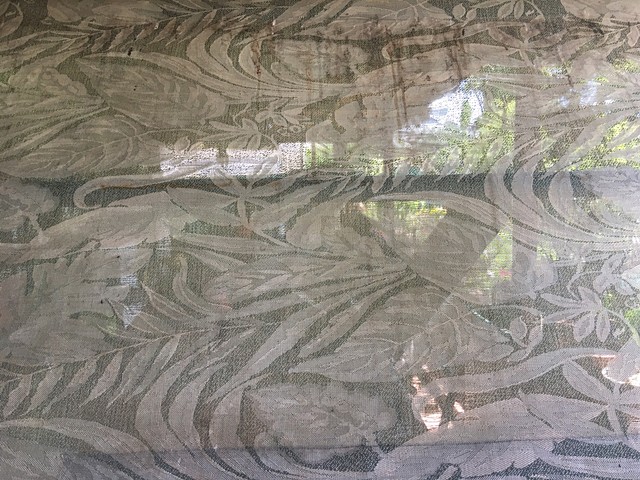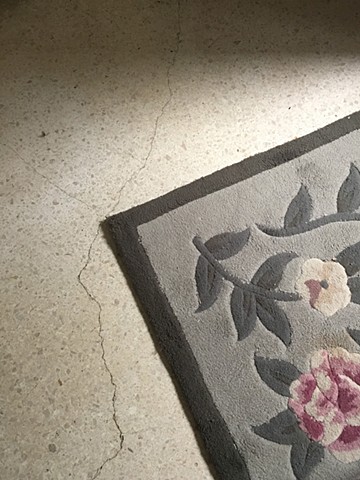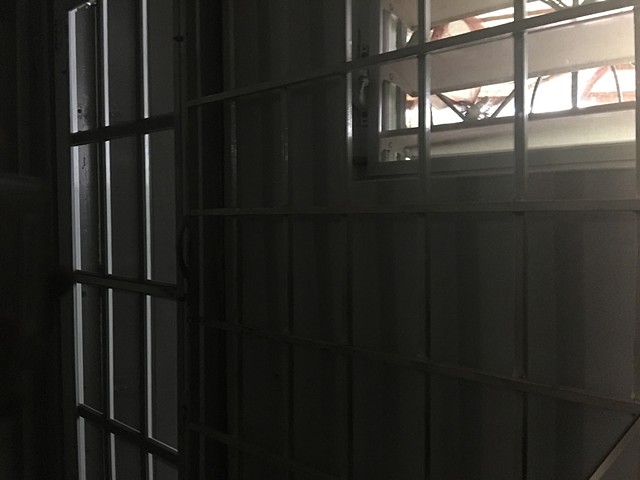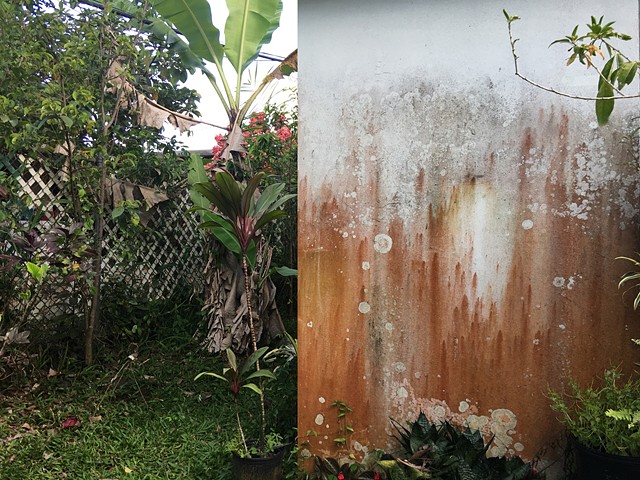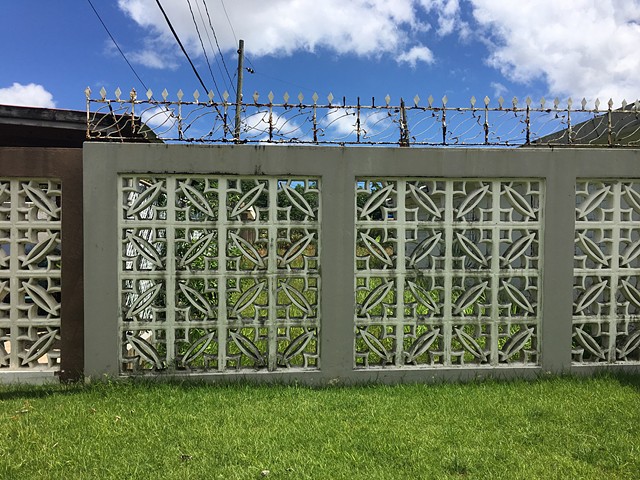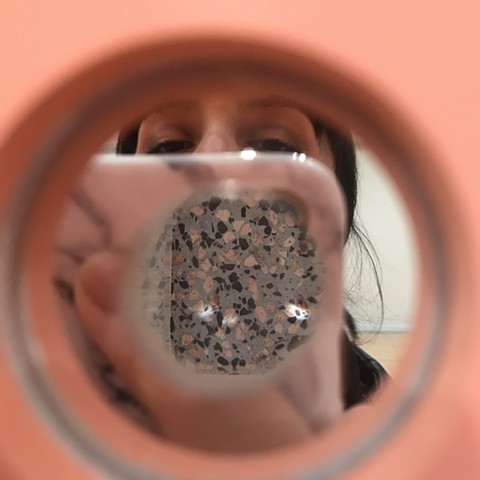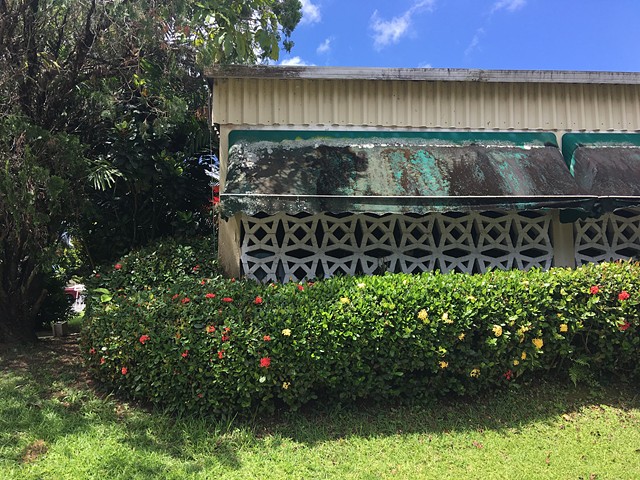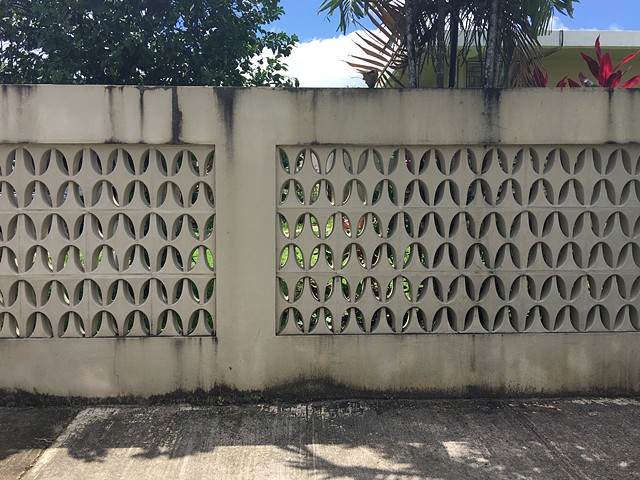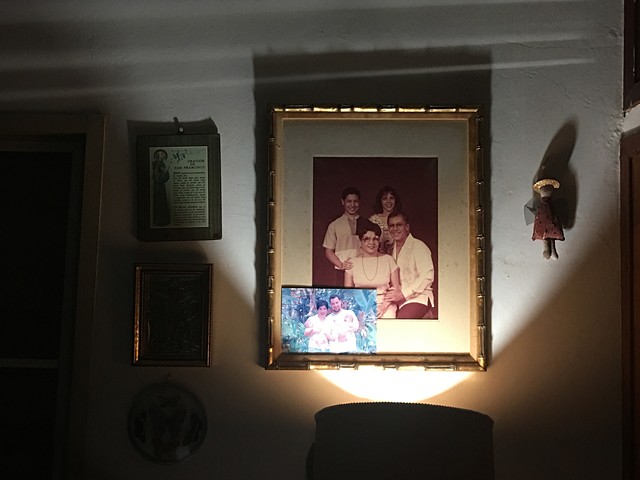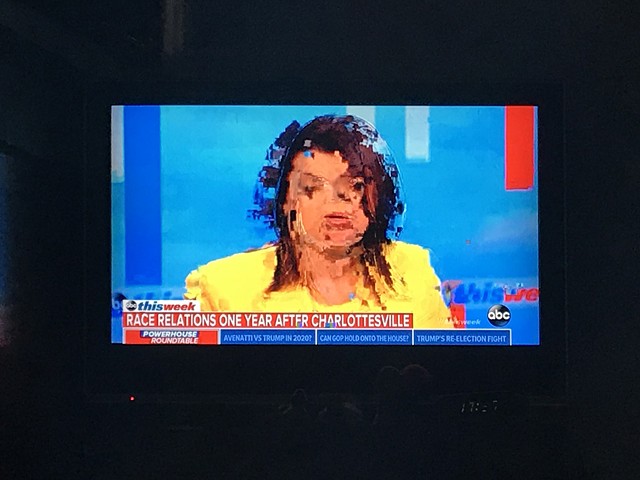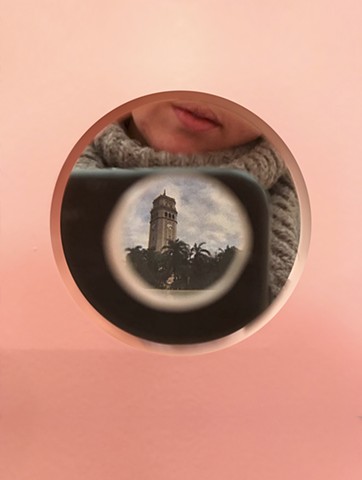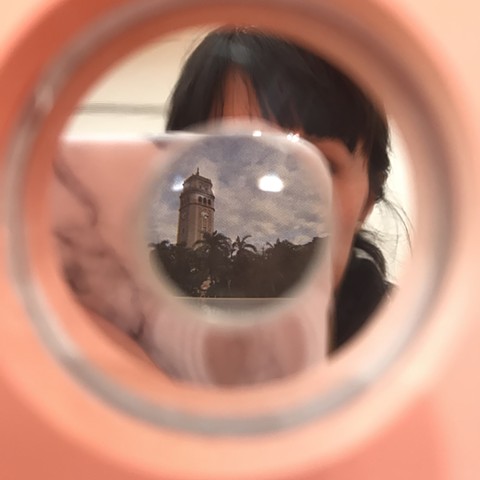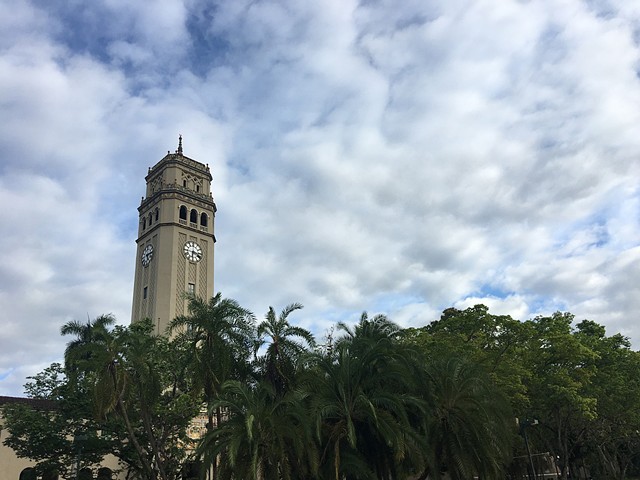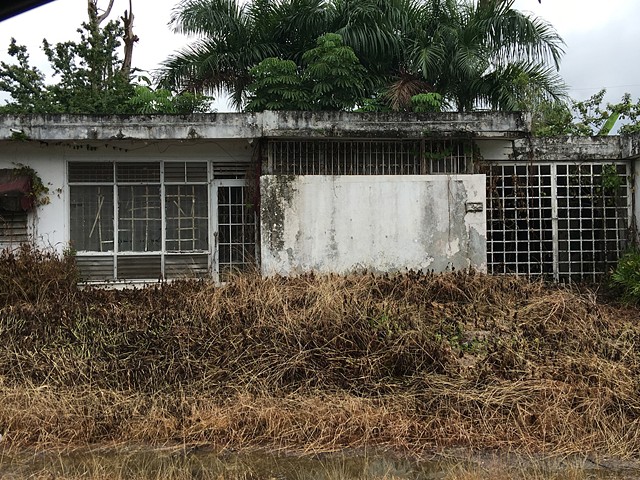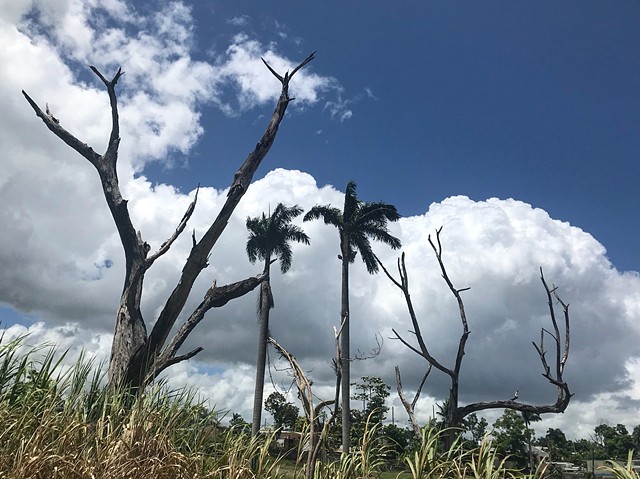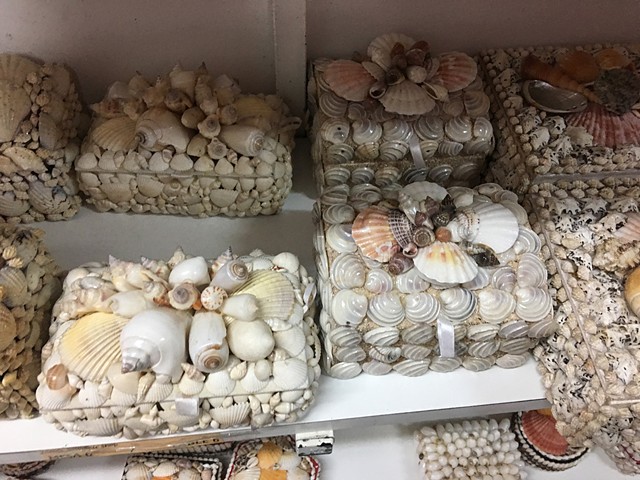GRAFT | Chicago Cultural Center
GRAFT at Chicago Cultural Center
as part of the two person exhibition
Forgotten Forms
Forgotten Forms is a collaborative exhibition between members of the Chicago Cultural Alliance, the National Museum of Puerto Rican Arts & Culture, and the Ukrainian Institute of Modern Art. The exhibition features artists Edra Soto and Yhelena Hall, whose work investigates our relationship with everyday objects in context of neighborhood identity and our responsibility to creating and recreating it - revealing a much greater story about neighborhood identity, placemaking, and city life.
Edra Soto: Literary contribution, bus shelters and site-specific wall as part of her ongoing archeticetural intervention series titled GRAFT
Yhelen Hall: Floor and wall sculptures
GRAFT is an ongoing project representative of vernacular architectural interventions that take the form of immersive installations and accompanying publications. Citing structures known as quebrasoles and rejas found prominently in Puerto Rico, GRAFT physically interconnects this existing architecture to a site specific place while conceptually representing an imaginary transplant or migratory gesture. The ductile nature of this architecture, which marks domestic space, allows for the representation of multiple states of visibility and invisibility. These architectural elements permeated my home and urban surroundings in Puerto Rico and as a result the fractal geometry of these structures inevitably became a part of my visual lexicon.
Quiebrasoles are ornamental concrete blocks arranged in decorative patterns used to create shade from the sun and are more often than not complimented by rejas, wrought iron fences or screens that act as a protective barrier between the street and the home. In his book, La Ciudad de Los Balcones, author Edwin R. Quiles Rodriguez notes how the use of reja complement the layout of working-class residences made of concrete. In a recent essay about GRAFT, Albert Stabler highlights, “these residences were adapted from the Yoruba dwellings of African slaves, which were developed in Haiti and then migrated abroad with hacienda owners after the slaves revolted.”
The manifestation of these patterns in artistic form is not uncommon among Caribbean artists. While quiebrasoles and rejas are popularly recognized in Puerto Rican’s visual culture, there is little exploration or research on the origin of these patterns. Contrary to the inundated familiarity of colonial architecture, vernacular architecture has yet to be included as an exploratory subject in primary and secondary education in the Caribbean. A significant aspect of GRAFT uncovers and honors the history that has been accepted rather than explained.
Professor Jorge Ortiz Colom’s monograph, The African Influence in the Design Build Edification of Puerto Rico, states that criollo architecture, which incorporates quiebrasoles and rejas, originated from sub-Saharan Africa through the population brought to Puerto Rico as slaves to work plantations during the rise of colonization. He argues that this influence is largely overlooked by historians due to the impression that, “Africans could not transplant their ancestral ways of life under the inhumane conditions of their transfer, and the lack of freedom in their new home.” It was previously thought that this decorative architecture was an amalgamation of European features that had undergone a topicalization through the Western lens. Due to the growing commercial sugar trade between the U.S. and Puerto Rico in the late 19th century the “style” of criolla architecture was rampantly appropriated in the Southern U.S. and according to Ortiz-Colom sometimes even purchased outright as entire homes and relocated to the U.S.
GRAFT allows me to expand the multidisciplinary aspects of the project and explore visibility by providing a format that can be disseminated beyond the gallery experience. Each iteration of GRAFT includes a literary component. Writers from disciplines of art history, art, architecture, politics and others are invited to reflect on rejas in the contexts of their individual fields of expertise. The content is published in both English and Spanish and is available to the public as hard copies, publications and a pdf. The elements of GRAFT are specific to each space and sometimes include a shelter reminiscent of a bus stop acting as a functional representation that serve as benches for visitors to sit and read the accompanying publication.
As an evolving installation, the newest iteration of GRAFT includes small viewfinders embedded in the circular spaces of the structure. In peering through the viewfinders, the audience is met with an image documenting my everyday life during visits to Puerto Rico. Photos of my childhood home, scenes from various neighborhoods, and destruction from hurricane Maria are just some of the images viewers will see. The act itself is akin to peering through the quebrasoles and rejas surrounding a Puerto Rican home to glimpse a small portion of the home behind the walls challenging ideas of privacy.
The object of GRAFT is multi-dimensional. The intention is to highlight the true origins of these architectural elements prevalent throughout Puerto Rico, the severe lack of information represented in the cultural knowledge of both Puerto Rico and the U.S., while celebrating the form itself through interaction as a work of art.
Instagram images:
THANK YOU Christina Nafziger, Jeff Robinson and Erin Hayden, Kaitlyn Albrecht, Sadie Woods, Maria Gaspar and all of you who have shared my work for others through your social media.

